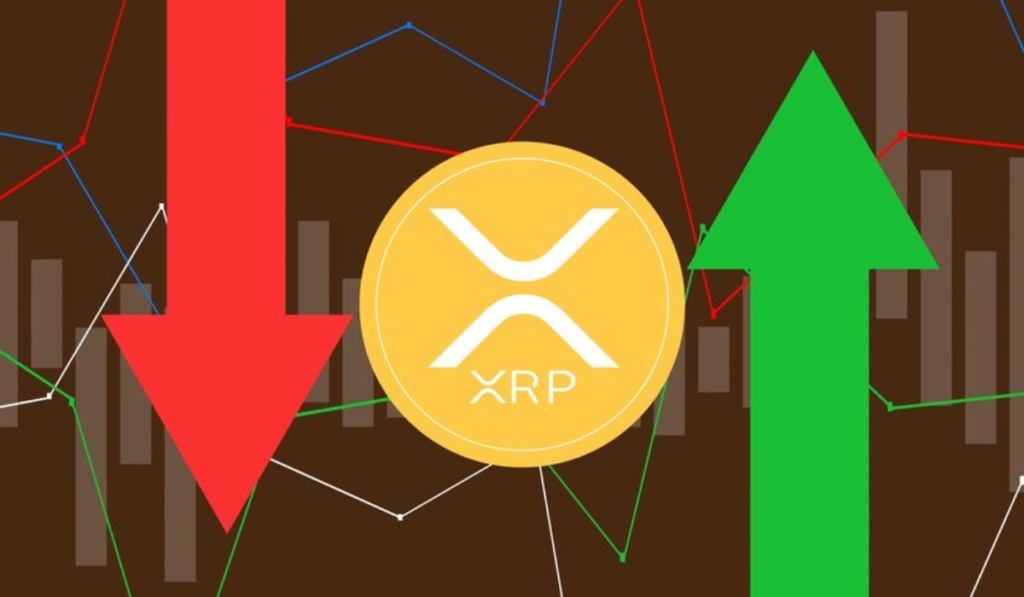Bitcoin, the world’s first decentralized cryptocurrency, has revolutionized the financial landscape since its inception in 2009. With its meteoric rise in value and growing adoption, Bitcoin has become a popular investment option for both individuals and institutions. But what makes Bitcoin a compelling investment, and how can you navigate its complexities to maximize returns?
This comprehensive guide will walk you through everything you need to know about Bitcoin investment, from understanding its fundamentals to implementing effective strategies and mitigating risks. Whether you’re a beginner or an experienced investor, this blog will equip you with the knowledge to make informed decisions in the dynamic world of Bitcoin.
Why Invest in Bitcoin?
Store of Value
Often referred to as “digital gold,” Bitcoin is seen as a store of value due to its limited supply of 21 million coins. Unlike fiat currencies, which can be printed indefinitely, Bitcoin’s scarcity makes it an attractive hedge against inflation.
Decentralization and Security
Bitcoin operates on a decentralized network, meaning no single entity controls it. This decentralization, combined with robust cryptographic security, ensures transparency and reduces the risk of fraud.
High Growth Potential
Bitcoin’s price has experienced significant growth over the years, with early investors reaping substantial returns. While past performance doesn’t guarantee future results, many believe Bitcoin’s potential is far from exhausted.
How to Start Investing in Bitcoin

Choosing a Bitcoin Wallet
A Bitcoin wallet is essential for storing your digital assets securely. Options include:
- Hardware Wallets: Physical devices like Ledger or Trezor for maximum security.
- Software Wallets: Mobile or desktop apps like Exodus or Electrum.
- Web Wallets: Online platforms like Blockchain.com.
Selecting a Reliable Exchange
To buy Bitcoin, you’ll need to use a cryptocurrency exchange. Popular options include:
- Coinbase: User-friendly for beginners.
- Binance: Offers advanced trading features.
- Kraken: Known for robust security measures.
Understanding Bitcoin Transactions
Bitcoin transactions are recorded on a public ledger called the blockchain. Each transaction requires a private key for authorization, ensuring security and ownership.
Bitcoin Investment Strategies
HODLing
HODLing (a misspelled term for “hold”) refers to buying Bitcoin and holding it long-term, regardless of market fluctuations. This strategy is ideal for those who believe in Bitcoin’s long-term potential.
Dollar-Cost Averaging (DCA)
DCA involves investing a fixed amount in Bitcoin at regular intervals, reducing the impact of market volatility. This strategy is perfect for risk-averse investors.
Active Trading
Active trading involves buying and selling Bitcoin frequently to capitalize on price movements. This strategy requires a deep understanding of market trends and technical analysis.
Risks of Bitcoin Investment
Market Volatility
Bitcoin’s price is highly volatile, with significant fluctuations occurring within short periods. Investors must be prepared for potential losses.
Regulatory Risks
Governments worldwide are still grappling with how to regulate cryptocurrencies. Changes in regulations could impact Bitcoin’s value and legality.
Security Concerns
While Bitcoin’s network is secure, individual wallets and exchanges can be vulnerable to hacking. Always use strong security measures to protect your assets.
The Future of Bitcoin

Institutional Adoption
Major companies like Tesla and MicroStrategy have invested in Bitcoin, signaling growing institutional acceptance. This trend could drive further adoption and price increases.
Technological Advancements
Innovations like the Lightning Network aim to improve Bitcoin’s scalability and transaction speed, enhancing its utility as a payment system.
Global Economic Factors
Economic instability and currency devaluation in various countries have increased Bitcoin’s appeal as a safe-haven asset.
FAQs About Bitcoin Investment
Q: Is Bitcoin a good investment in 2023?
A: Bitcoin’s potential as a store of value and hedge against inflation makes it a compelling investment. However, its volatility requires careful consideration.
Q: How much should I invest in Bitcoin?
A: Only invest what you can afford to lose. Diversifying your portfolio is key to managing risk.
Q: Can I lose all my money in Bitcoin?
A: Yes, due to its volatility and regulatory risks, there’s a possibility of losing your investment.
Q: How do I secure my Bitcoin investments?
A: Use hardware wallets, enable two-factor authentication, and avoid sharing your private keys.
Conclusion
Bitcoin investment offers exciting opportunities but comes with its share of risks. By understanding its fundamentals, implementing sound strategies, and staying informed about market trends, you can navigate the world of Bitcoin with confidence.
Ready to dive deeper? Share this guide with fellow crypto enthusiasts, or explore our Bitcoin: The Ultimate Guide to Understanding the World’s First Cryptocurrency next. Have questions? Drop a comment below!








1 thought on “The Ultimate Guide to Bitcoin Investment: Strategies, Risks, and Future Potential”